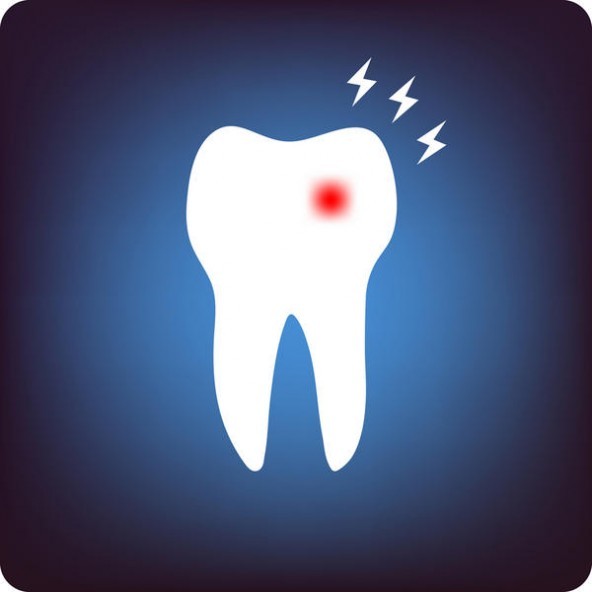It is one of the most common reasons that people seek dental care: the dreaded toothache. At its best, a toothache is a nuisance; at its worst, a toothache is excruciatingly painful. But what is the culprit behind that aching tooth of yours? Decay, of course, is a likely possibility. However, there are several other potential causes of toothache that aren’t as widely known, including:
Bruxism. Many people suffer from bruxism — otherwise known as the clenching or grinding of teeth. Yet, not everyone is aware that they grind; often, bruxism occurs at night while the sufferer is sleeping. Over time, it wears down the enamel, ultimately leaving the dentin layer exposed. Tooth pain and sensitivity often result. Without treatment, chronic bruxism can lead to tooth loss.
A tooth abscess. Intense, severe tooth pain might be the result of an abscessed tooth, which is an infection, located at the root of the tooth or between the gums and the tooth. Often, the pain associated with an abscessed tooth is accompanied by a fever and swollen neck glands. An abscessed tooth needs to be treated immediately, as the infection can spread from the root of the tooth to the surrounding bones.
Gum disease. Periodontal disease — more widely known as gum disease — is an infection of the tissues that support the teeth. In its earliest stage — gingivitis– gum disease is reversible. If left untreated, however, gum disease can progress to periodontitis, which is a severe infection that can ultimately destroy the jawbone and result in tooth loss. Typically, gum disease presents as swollen, inflamed gums that bleed easily during brushing.
Only your dentist can determine the cause of your toothache and develop an appropriate treatment plan accordingly. Remember: early detection of oral health concerns is key when it comes to maintaining a healthy smile. If you are looking for a dentist in Newcastle, please contact us today!
